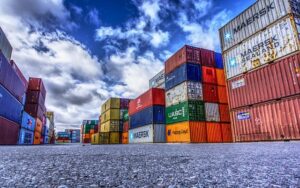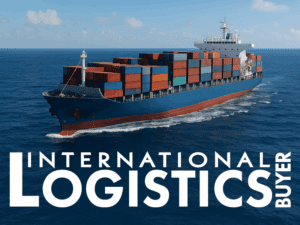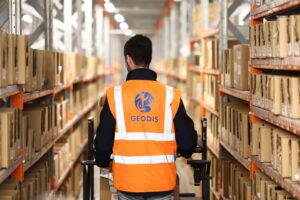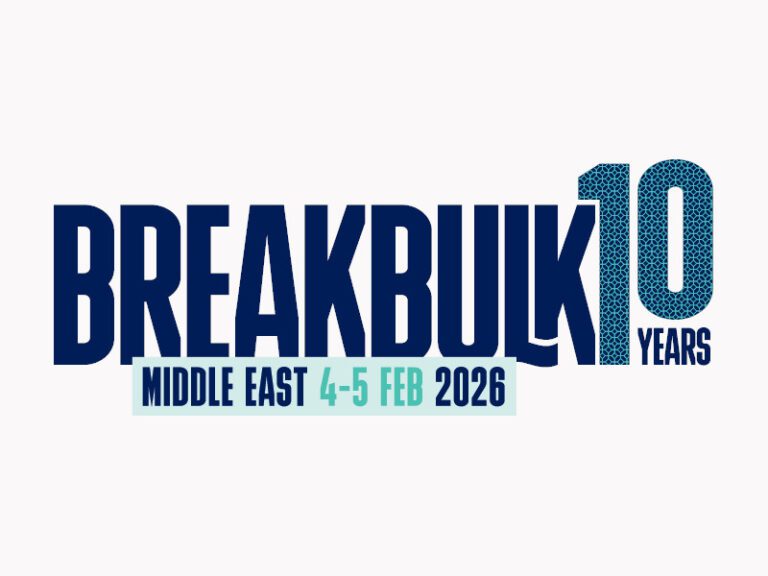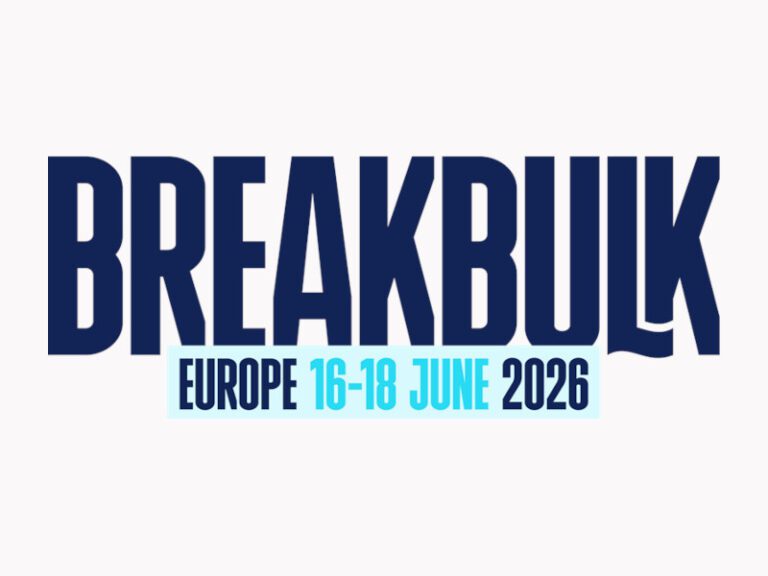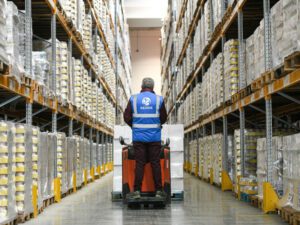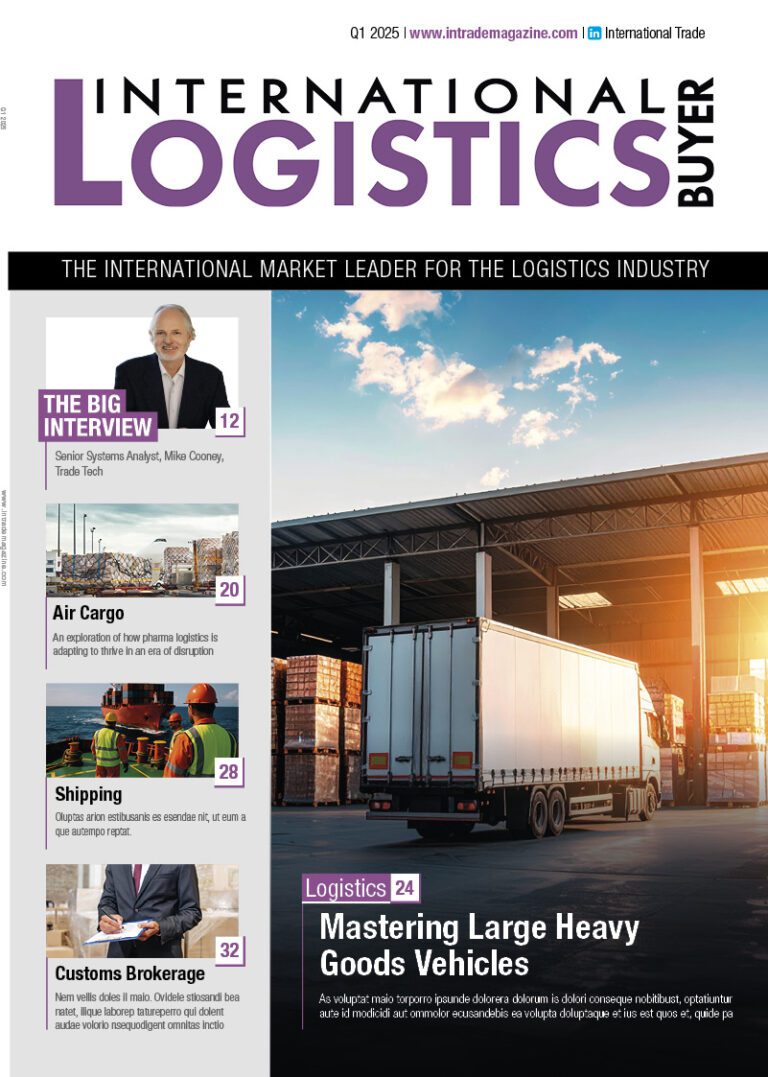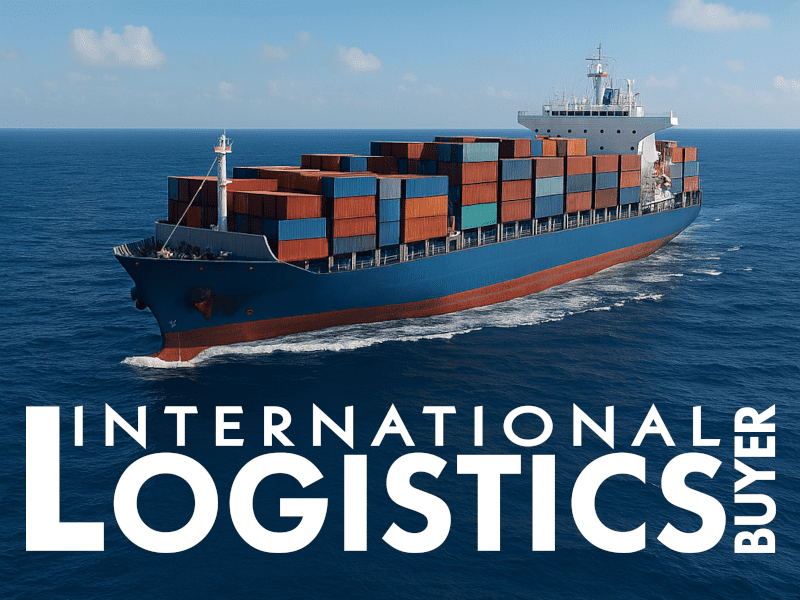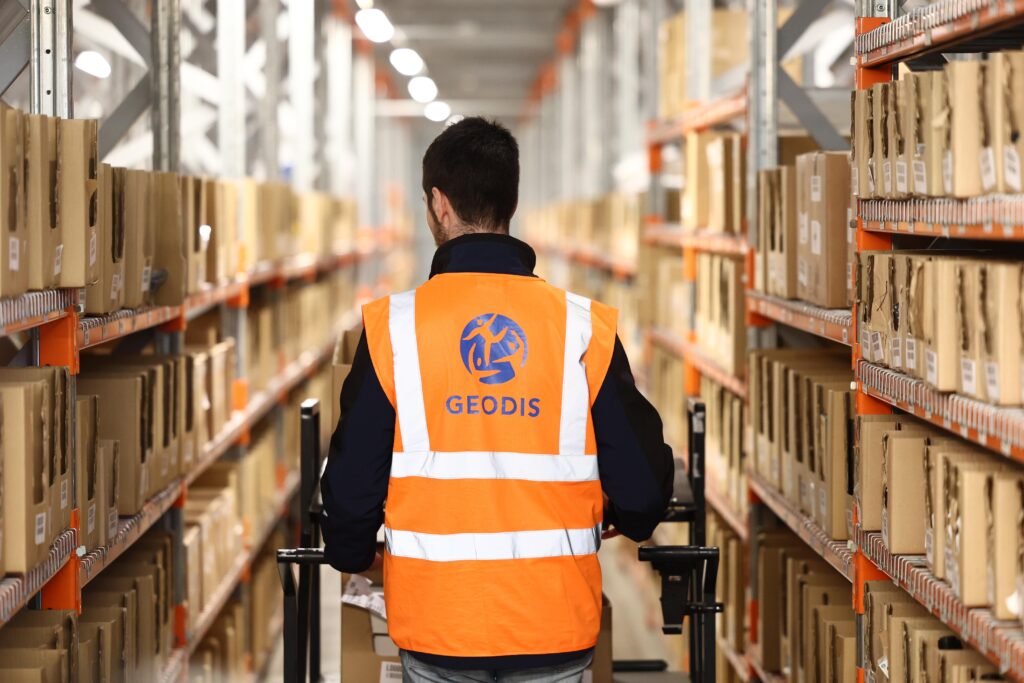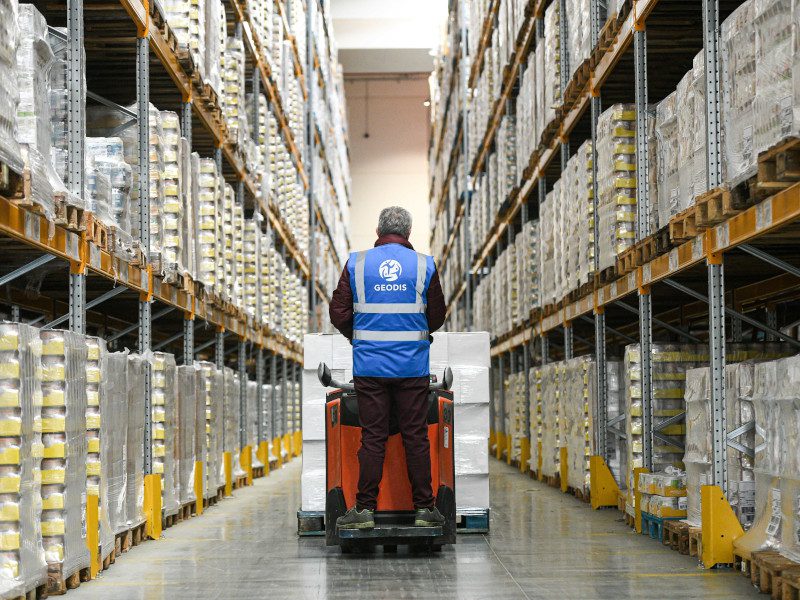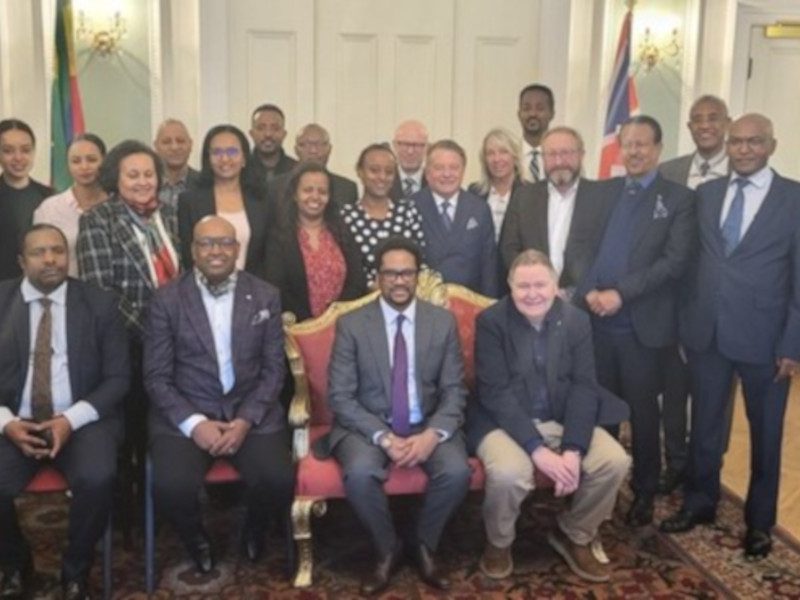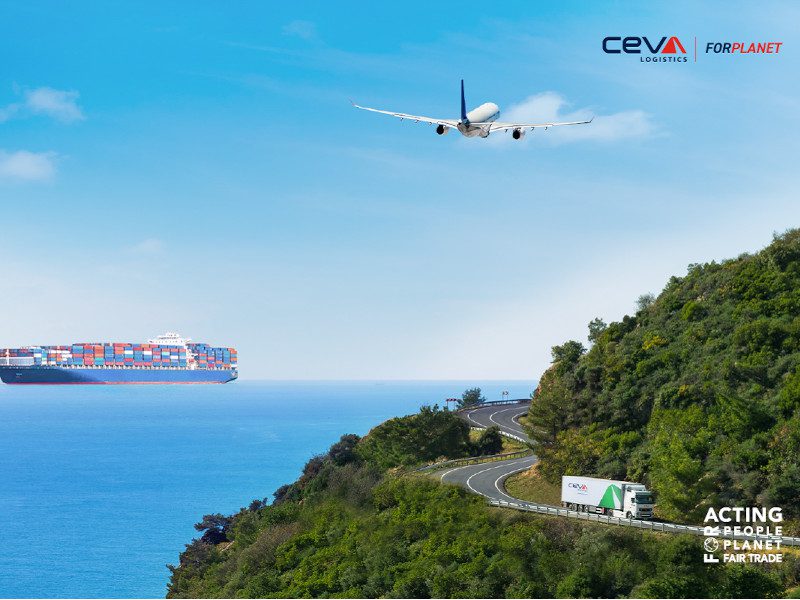Eric Geerts, Director of Product Management for Descartes, answers five of the top questions raised by the international trade community following the recent transition date of the SOLAS Container Weight Verification Requirement.
If the regulation came into effect on 1 July, what is happening on 1 October?
On 23 May, the International Maritime Organisation (IMO) issued an update to the SOLAS Container Weight Verification Requirement, stating that countries take a ‘practical and pragmatic approach’ to enforcement for three months after the scheduled transition date of 1 July, 2016.
The regulation, which requires all loaded ocean containers to be weighed prior to loading, is a fundamental change to processes for many ports, shippers, forwarders, carriers and NVOCCs worldwide, and so the update led to much analysis over how exactly to interpret the three-month period.
Our view is that the transitional period allows organisations further time to refine the communication of a Verified Gross Mass (VGM). It is not, however, a softening or more lenient interpretation of enforcement, which is still in the hands of individual nations. Apart from that, transhipment containers had to be reported before 1 July, 2016 already.
Even if a country has not communicated or published national legislation or guidelines, the regulation still needs to be applied in that country.
The 1 October date is noted as the closure date on such flexibility. At that time, it can be interpreted that full enforcement will begin as specified in the original regulation.
Why is verifying a total weight important?
Container stack collapses, vessel instability, injury to dock and vessel workers, damage to cargo, stress to ships and port machinery, insurance claims, added costs, and significant environmental impact have added to the urgency for an accurate weight. With an estimated ten per cent of shipments citing an inaccurate weight, the potential for an incident is substantial. As a result, the SOLAS requirement was implemented as a condition to load marine cargo into a ship.
In addition, as ocean vessels increase in size, the need for an accurate weight is intensifying due to the scale of a potential incident. In today’s modern, multimodal container ports, incorrect weights can also ripple into the rail and truck modes of transport as cargo is transferred to its final or intermediate destination.
What will happen if a verified weight is not provided?
If a verified container weight is not provided to the carrier and terminal operator, the container cannot be loaded. In some ports, containers will not be allowed on to the terminal without a VGM. Some terminals are proactively offering scales as an added service, however this should be viewed as a fall back solution and most likely cannot be used for all containers. Carriers are introducing a VGM closing date and time, which is anticipated to be earlier than the existing physical closing to deliver the container to the terminal and the closing for documentation. Despite requests from companies for a single closing, the VGM closing appears to be an additional requirement.
Which container weighing method are shippers using?
There are two methods to weigh containers in the regulation:
Method one: Weigh the stuffed container using calibrated and certified equipment. Every country can determine what is considered certified equipment. For example, in the United States, the U.S. Coast Guard has noted that there are no strict requirements for the scales.
Method two: Weigh all packages and cargo items; including pallets, dunnage and other securing material to be packed in the container; and add the ‘tare’ weight of the container to the sum of the individual weights using a certified method.
It is thought that most shippers have chosen to leverage the second option. However, it’s important to verify the accuracy and completeness of the data.
Overall, we advise shippers and freight forwarders to discuss the requirement with the involved parties in the supply chain to make sure that the weight is communicated correctly and on time.
How is VGM information being communicated to carriers?
To communicate VGM information to carriers, an electronic data interchange (EDI) message has been developed called the Verified Gross Mass (VERMAS) message. This is the preferred communication protocol of many carriers, freight forwarders and shippers since this format was designed to contain all of the required information, including optional fields.
The advantage of this methodology is to minimise the impact to the existing communication of shipping instructions. This is essential since, in many cases, existing messages are sent too early or too late for transmission of the VGM. In order to leverage VERMAS details, and its reply communication from carriers and NVOCCs using an acknowledgment message such as the EDIFACT CONTRL message to confirm the receipt, a system translator must parse the transmission. The VGM closing date and time is also added to the booking confirmation message.
Changing container weight regulation and what this means for international trade
About Logistics Buyer
International Logistics Buyer is the leading authority in global logistics and supply chain content, delivering expert news, in depth articles, exclusive interviews, and industry insights across print, digital, and event platforms. Published 10 times a year, the magazine is a trusted resource for professionals seeking updates and analysis on the latest developments in the logistics sector.
To submit an article, or for sponsorship opportunities, please contact our team below.

Chris Lingham
Group Sales Manager

Afua Akoto
Marketing Manager
Read the Latest Issue
Follow us on LinkedIn
Follow us on LinkedIn
Click HereAdvertise here
Reach decision makers and amplify your marketing

